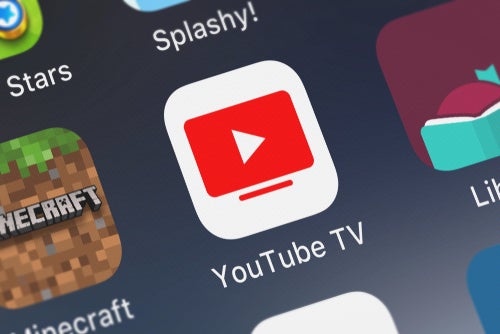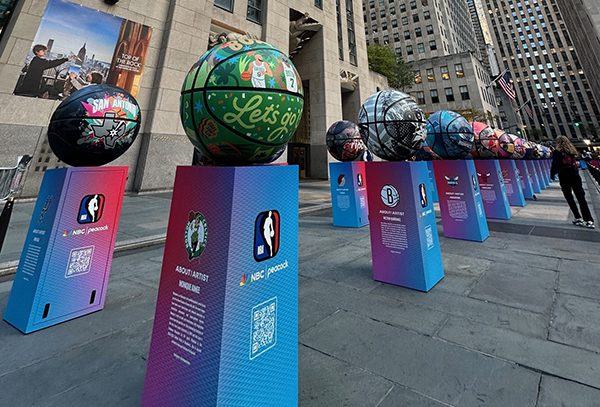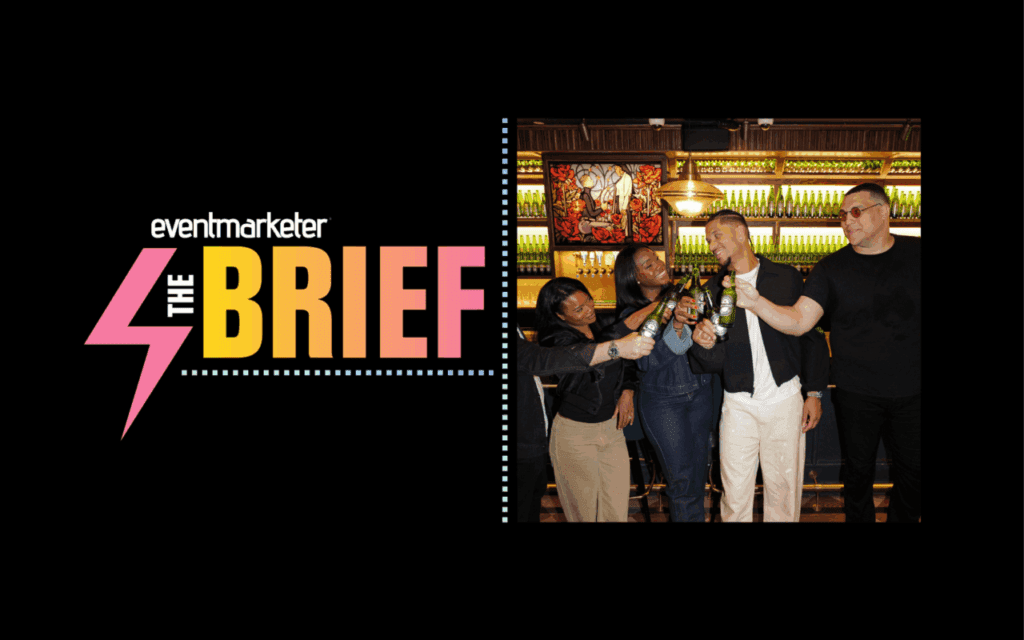A social media presence heavily focused on customer service has helped Specialized Bicycles reduce support costs and connect with cyclists around the world.
 The brand is also using a weekly program of email newsletters to promote products and online part sales, as well as help riders connect with local retailers.
The brand is also using a weekly program of email newsletters to promote products and online part sales, as well as help riders connect with local retailers.
The company targets cycling enthusiasts at all levels, with bikes ranging from children's models that go for a few hundred dollars to models for professional cyclists that sell for thousands.
Part of the appeal of social media for the brand is that cyclists can access it on the go. "I don't know what it is about the core demographic, but they generally have a higher income and are more educated and tech savvy," says Ryan French, director of inside sales and global customer service operations. "They're very active in social media and highly influential."
Specialized has been seriously focusing on social channels for about two years, first as a marketing initiative sand then increasingly as a customer service outlet. The company has several blogs, as well as about five separate Twitter and Facebook accounts.
One of the company's core social media presences is @TheMasterLink, the Twitter account for Specialized's customer service department. There, users can post questions and get answers to their problems.
"It grazes the line with marketing and allows people to chime in and get involved," says French. "If you go to an Apple store, you see the Genius Bar in the back, and they have a team of people and a large amount of floor space devoted to helping people resolve their issues. We see the MasterLink as our Genius Bar."
Three customer service reps are dedicated to maintaining the social media presences during the business week 6 am to 6 pm; one is full time and the other two each spend about 30% to 50% of their time on social issues. The company is looking at increasing the coverage time, since customers are naturally on their bikes during evening and weekend hours as well.
Getting Email in Gear
The social presences are promoted in the email newsletters sent to Specialized's customer database every other Thursday.
Specific products, like tires, are promoted in the newsletters, and the hits on those products always see a jump after a newsletter mails, says French. The average open rate is 24%, while the average clickthrough is in the 3% range.
Specialized only sells parts online. "We think that to purchase a bicycle you need the help of a professional to get fitted," says French. "It's part of the experience."
Still, keeping the independent bicycle shops who carry their products (Specialized doesn't sell through big box retailers) can be a tough situation.
"We sell [parts] online but our retailers don't," he says. "The dealers aren't really happy about it, but our take is that there are consumers out there who do shop online. There are a lot of multichannel shoppers and we're trying to address those consumers, while still driving traffic to their [brick and mortar] stores."
Riding in the Clouds
Specialized works with RightNow Technologies on their social media and email efforts, using RightNow's Cloud Monitor to follow what is being said about the company around the web. "We find this is an efficient way to find comments and get engaged," says French.
One thing the company monitors is inaccurate information posted about the brand. For example, Andy Schleck, a pro rider sponsored by Specialized, was riding a bicycle in races that had a white frame with signatures on it. Someone started a thread saying the unusual looking bike wasn't a Specialized frame, and that Schleck had the frame created for him because he didn't like the Specialized one.
In reality, the frame was indeed created by Specialized, which had run a contest where the winners could have their name written on a bike frame Schleck would ride in competition. Thanks to their ability to monitor social media, Specialized was able to clear up the misconception.
One thing that has happily surprised the company is how very loyal many customers are, and how they love to share their appreciation of the brand. And then, not surprisingly, there are people who aren't afraid to share the fact they hate the brand.
"Some people call us 'The Big Red S.' If you're a big brand, some people simply dislike you because you're big," says French. "When this happens, we like to address the situation and see if we can make it right."
One person couldn't find an axel for his wheel and started to post a smear campaign in social media. Robert, a customer service rep, ran out to the warehouse, looked around and found the specific axel, and then messaged him back, asking where he could send it. The person, needless to say, was shocked and apologized.
"We love those kind of examples," says French. "You're not going to win them all but I think we're doing a good job."
ROI at the Finish Line?
As for the ROI of social media, French says that while it is hard to track back to specific sales, efforts like the MasterLink have helped the brand significantly reduce its customer service support costs. "I think we're talking to and engaging with customers that we typically wouldn't reach through email or by phone—we're reducing our support costs because we've become more efficient."
There's also anecdotal evidence of good brand karma, such as the customer service rep who got a note in the mail with $20 and a note saying "lunch is on me" after helping a customer online.
"We're still trying to figure out the true analytics, but when you hear someone is a Specialized rider for life, that's priceless."



